Science has done many things that seem miraculous. Why not transfer your consciousness to a machine?
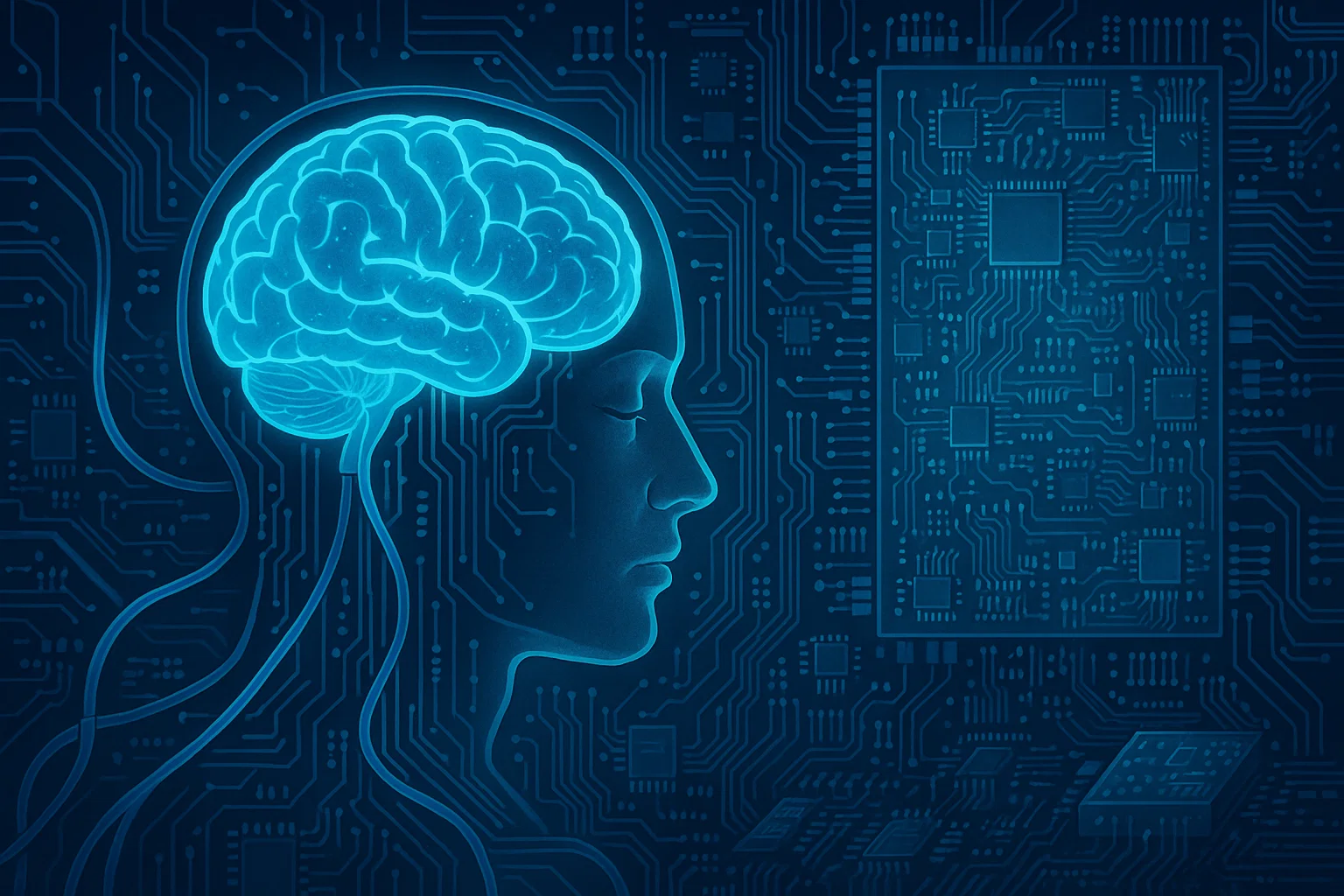

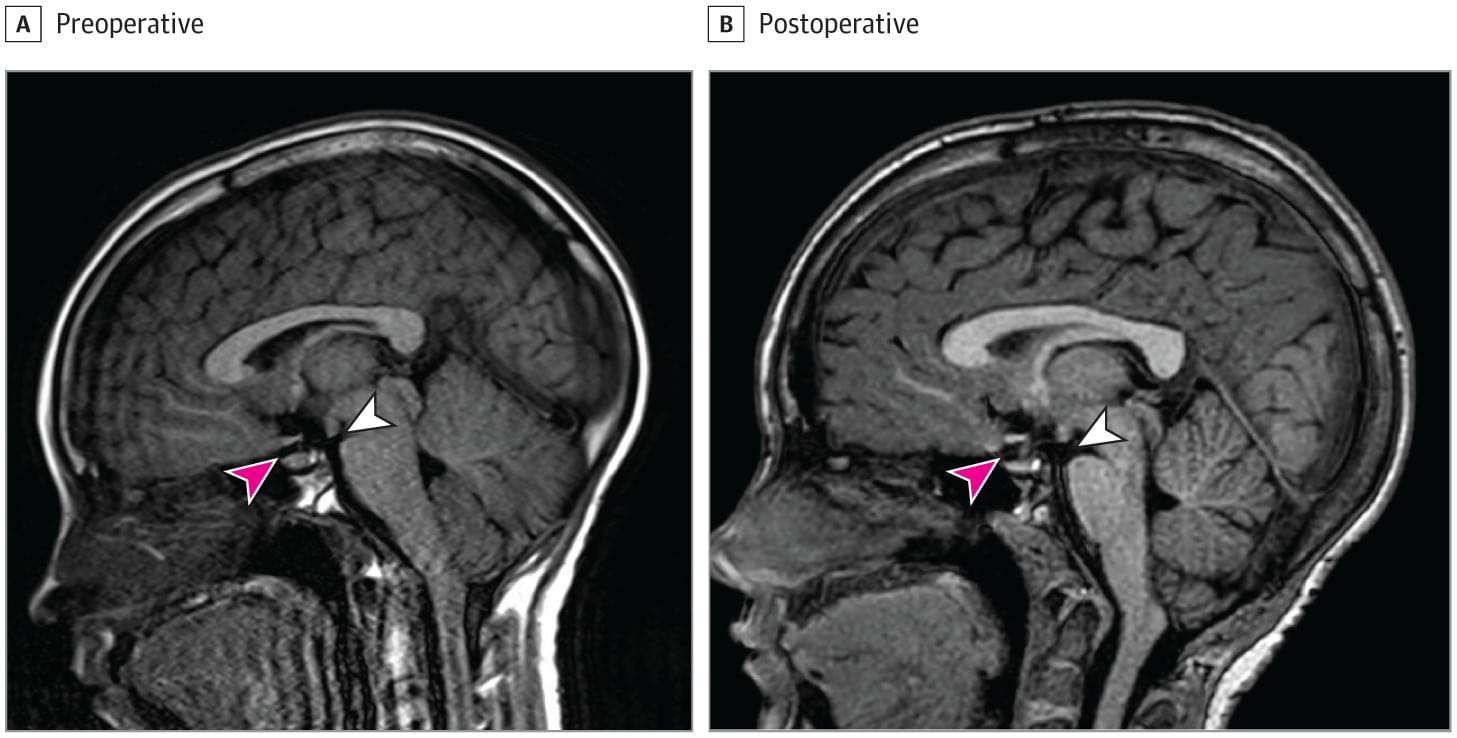
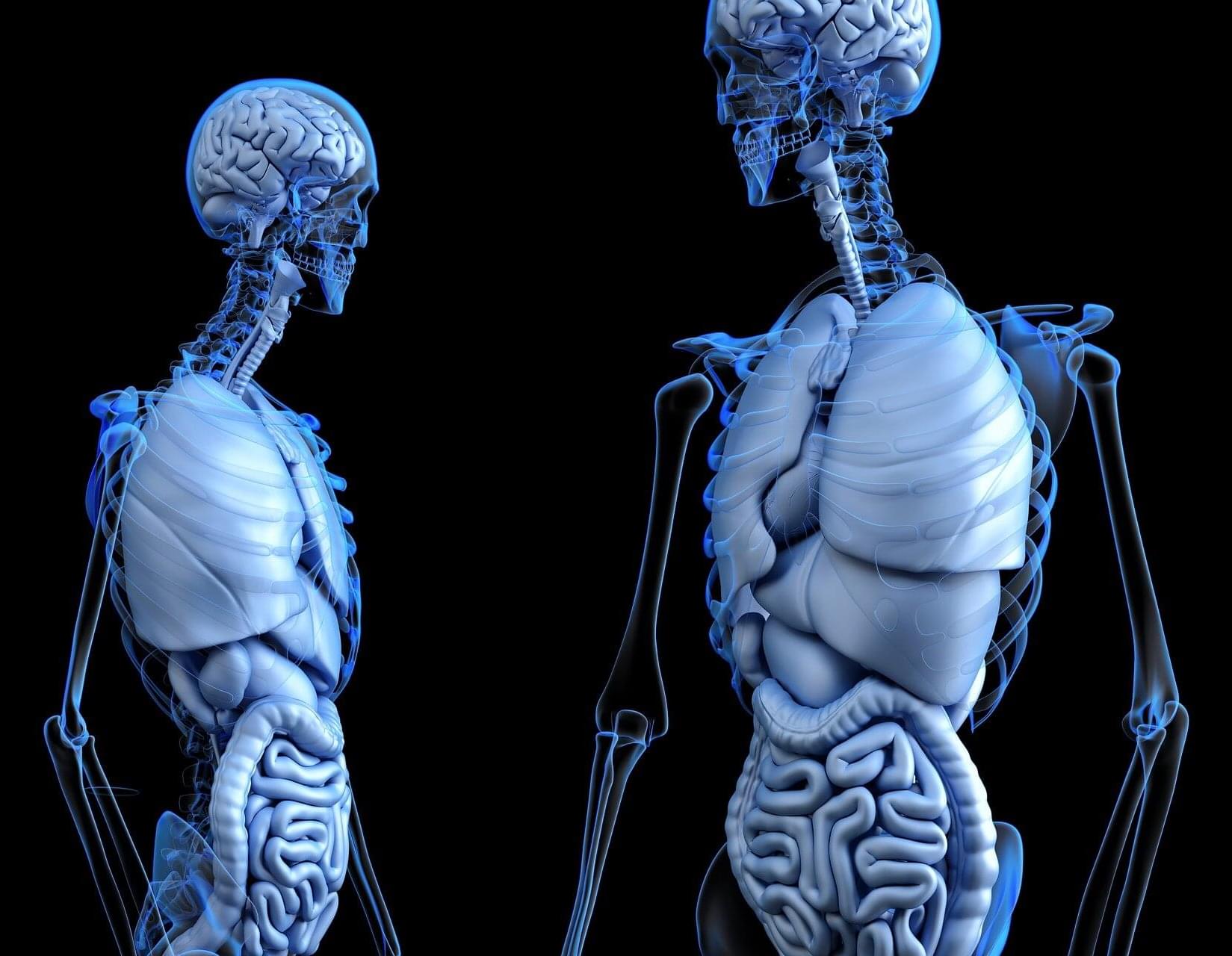
The brain is a unique place. It is shielded from much of the body by the blood-brain barrier, meaning it’s protected from pathogens and potentially dangerous substances that might be in our blood. And historically, many scientists believed that separation extended to the immune system as well: the brain has its own specialized immune cells called microglia, but immune cells present in the rest of the body were long thought to steer clear of the brain unless there was a disease or other problem requiring their presence.
Now, a team of scientists from Yale School of Medicine (YSM) has shown that immune cells known as T cells reside in the healthy brains of mice and humans, trafficked there from the gut and fat. This is the first time T cells have been shown to inhabit the brain under normal, non-diseased conditions.
The findings are published in Nature.

A “fine-tuned” artificial intelligence (AI) tool shows promise for objective evaluation of patients with facial palsy, reports an experimental study in the June issue of Plastic and Reconstructive Surgery.
“We believe that our research offers valuable insights into the realm of facial palsy evaluation and presents a significant advancement in leveraging AI for clinical applications,” comments lead author Takeichiro Kimura, MD, of Kyorin University, Mitaka, Tokyo.
Patients with facial palsy have paralysis or partial loss of movement of the face, caused by nerve injury due to tumors, surgery, trauma, or other causes. Detailed assessment is essential for evaluating treatment options, such as nerve transfer surgery, but poses difficult challenges.
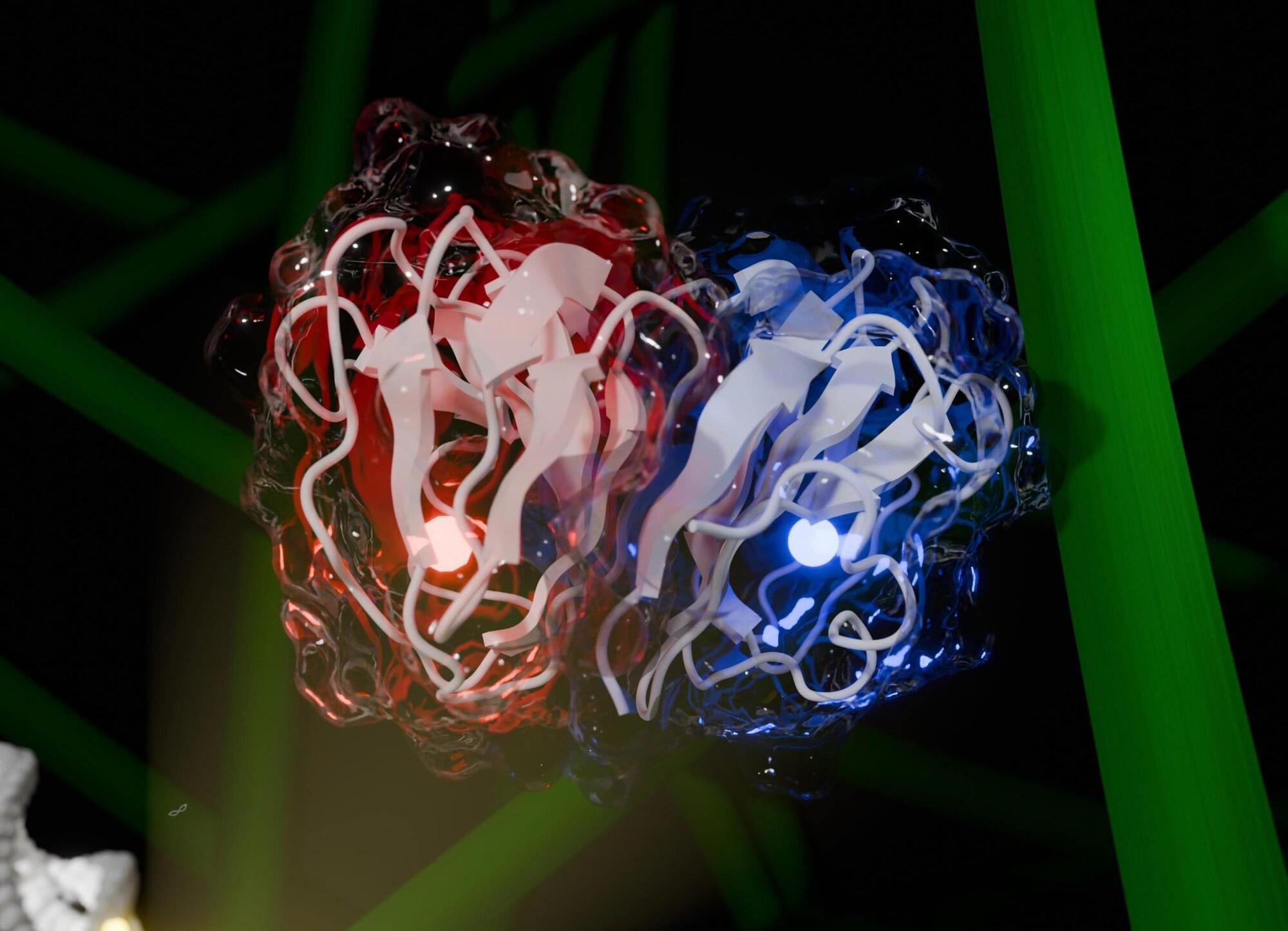
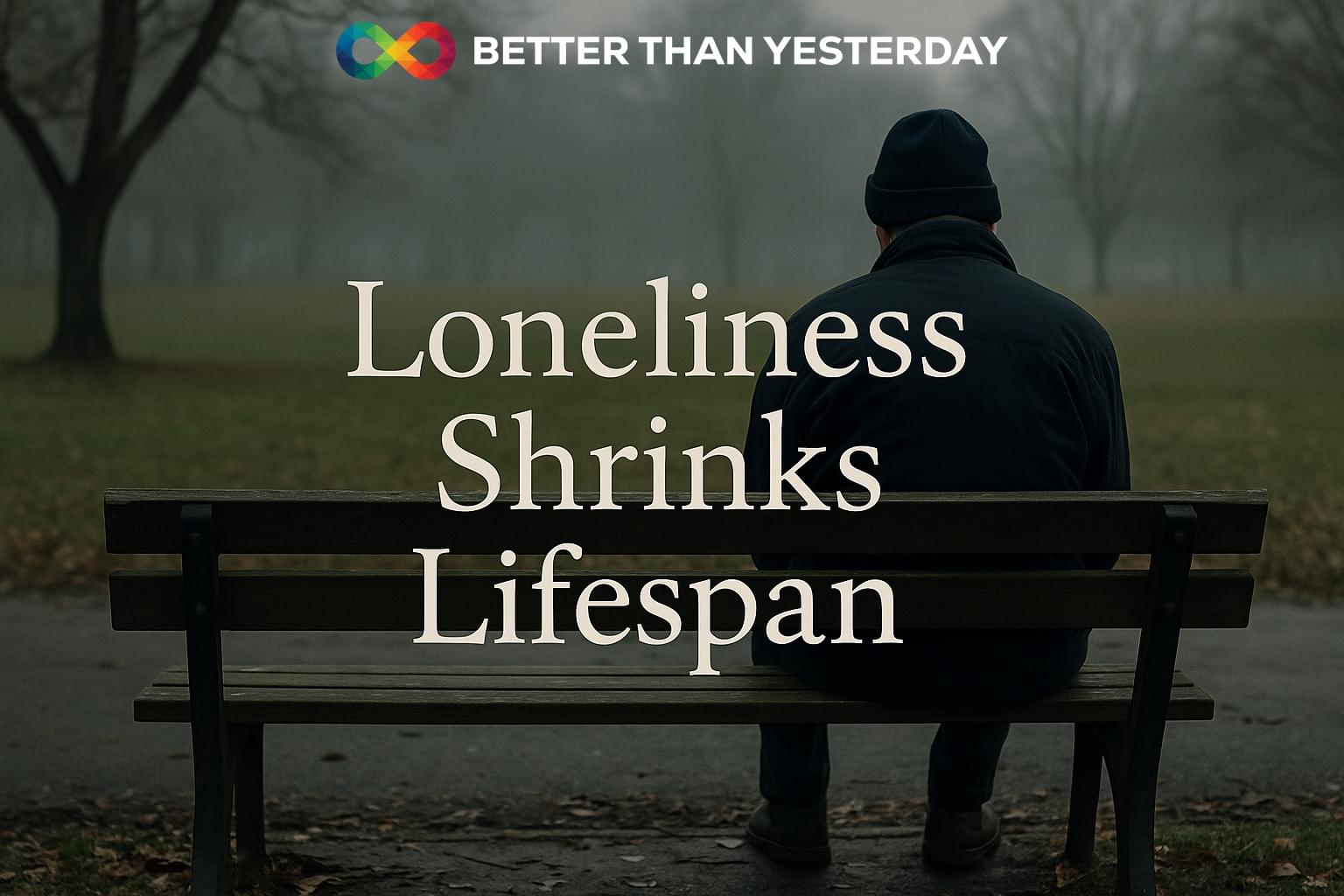
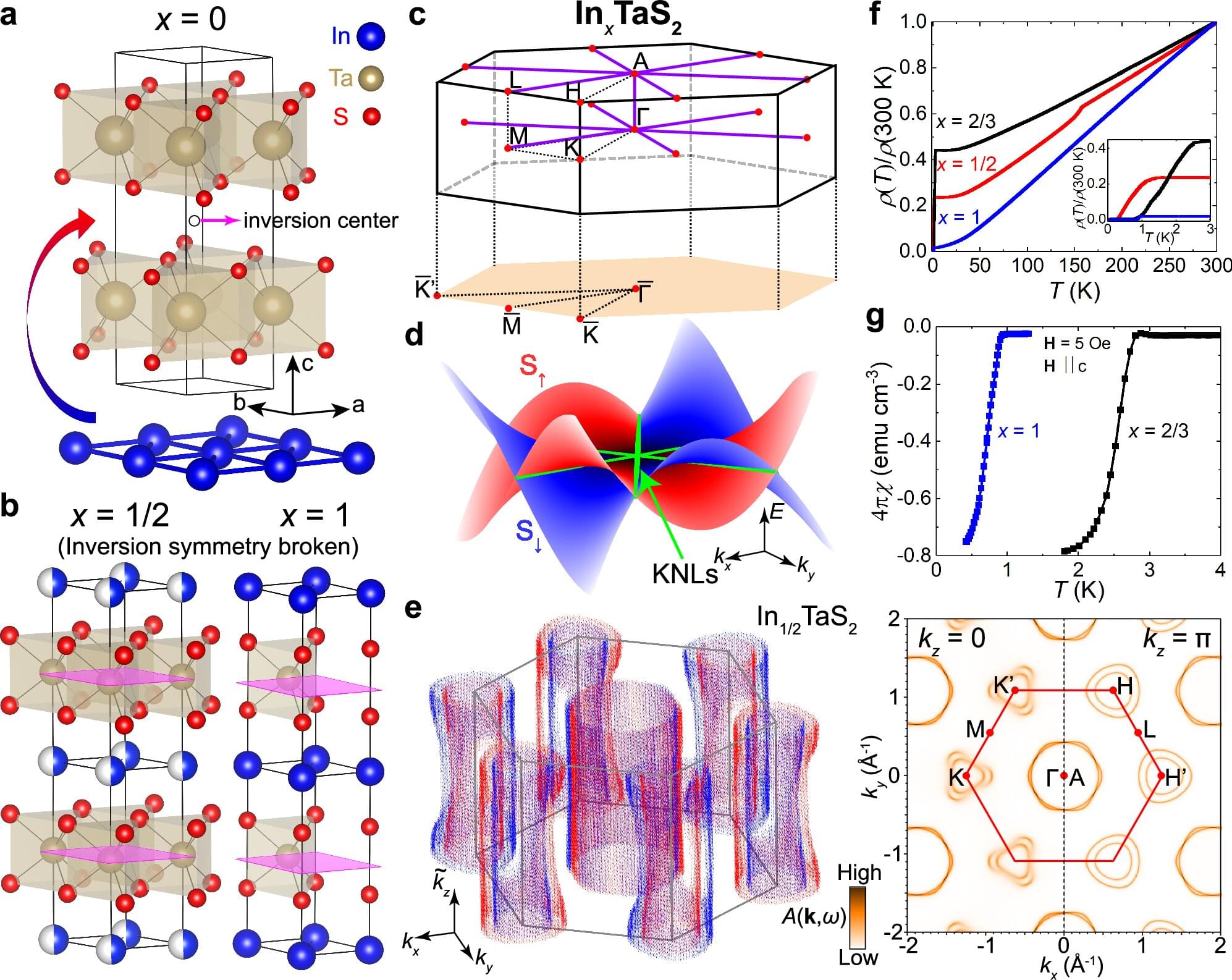
A research team led by physicists Ming Yi and Emilia Morosan from Rice University has developed a new material with unique electronic properties that could enable more powerful and energy-efficient electronic devices.
The material, known as a Kramers nodal line metal, was produced by introducing a small amount of indium into a layered compound based on tantalum and sulfur. The addition of indium changes the symmetry of the crystal structure, and the result promotes the novel physical properties associated with the Kramers nodal line behavior. The research, published in Nature Communications, represents a step toward low-energy-loss electronics and paves the way for more sustainable technologies.
“Our work provides a clear path for discovering and designing new quantum materials with desirable properties for future electronics,” said Yi, associate professor of physics and astronomy.

An SMU-led research team has developed a more cost-effective, energy-efficient material called high-entropy oxide (HEO) nanoribbons that can resist heat, corrosion and other harsh conditions better than current materials.
These HEO nanoribbons— featured in the journal Science —can be especially useful in fields like aerospace, energy, and electronics, where materials need to perform well in extreme conditions.
And unlike high entropy materials that have been created in the past, the nanoribbons that SMU’s Amin Salehi-Khojin and his team developed can be 3D-printed or spray-coated at room temperature for manufacturing components or coating surfaces. This makes them more energy-efficient and cost-effective than traditional high-entropy materials, which typically exist as bulk structures and require high-temperature casting.
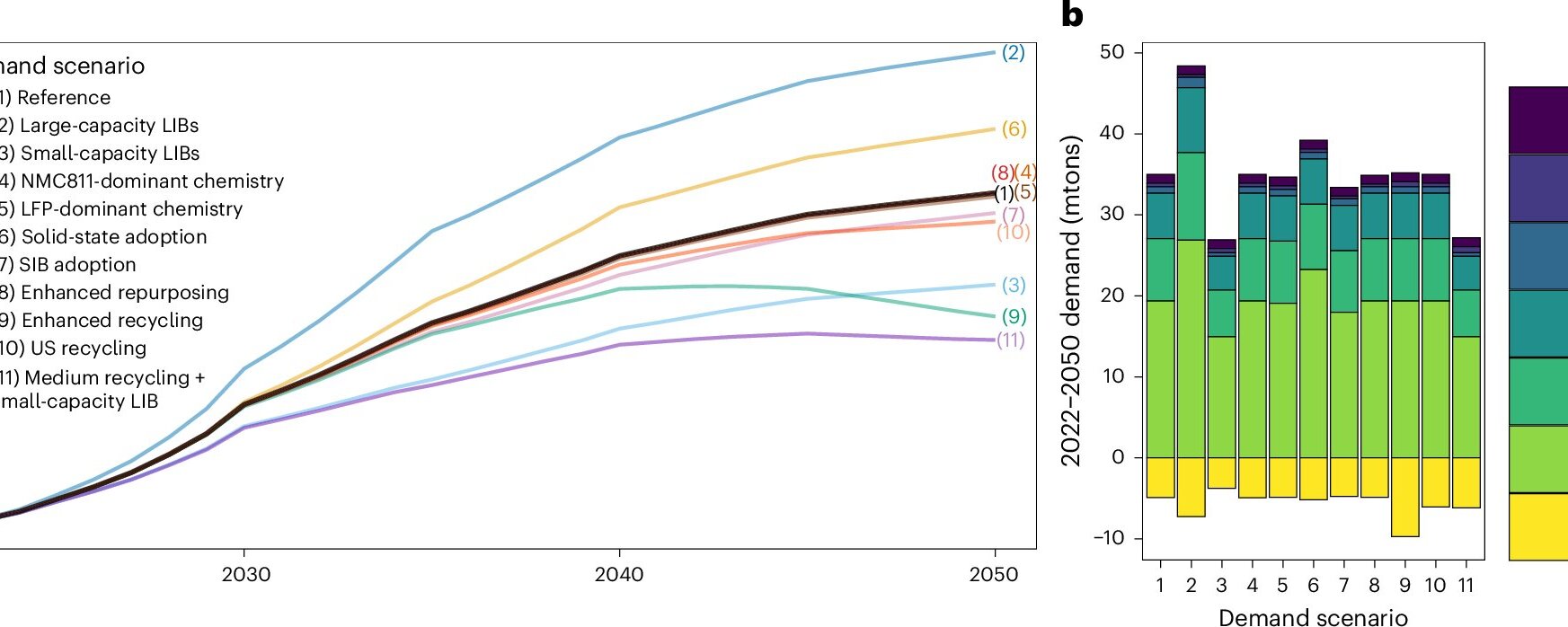
Lightweight, powerful lithium-ion batteries are crucial for the transition to electric vehicles, and global demand for lithium is set to grow rapidly over the next 25 years. A new analysis from the University of California, Davis, published May 29 in Nature Sustainability, looks at how new mining operations and battery recycling could meet that demand. Recycling could play a big role in easing supply constraints, the researchers found.
“Batteries are an enormous new source of demand for lithium,” said Alissa Kendall, the Ray B. Krone endowed professor of Environmental Engineering at UC Davis and senior author on the paper.
Lithium is a relatively common mineral and up to about 10 years ago demand was relatively small and steady, with a small number of mines providing the world’s supply, Kendall said. Global demand for lithium has risen dramatically—by 30% between 2022 and 2023 alone—as adoption of electric vehicles continues.
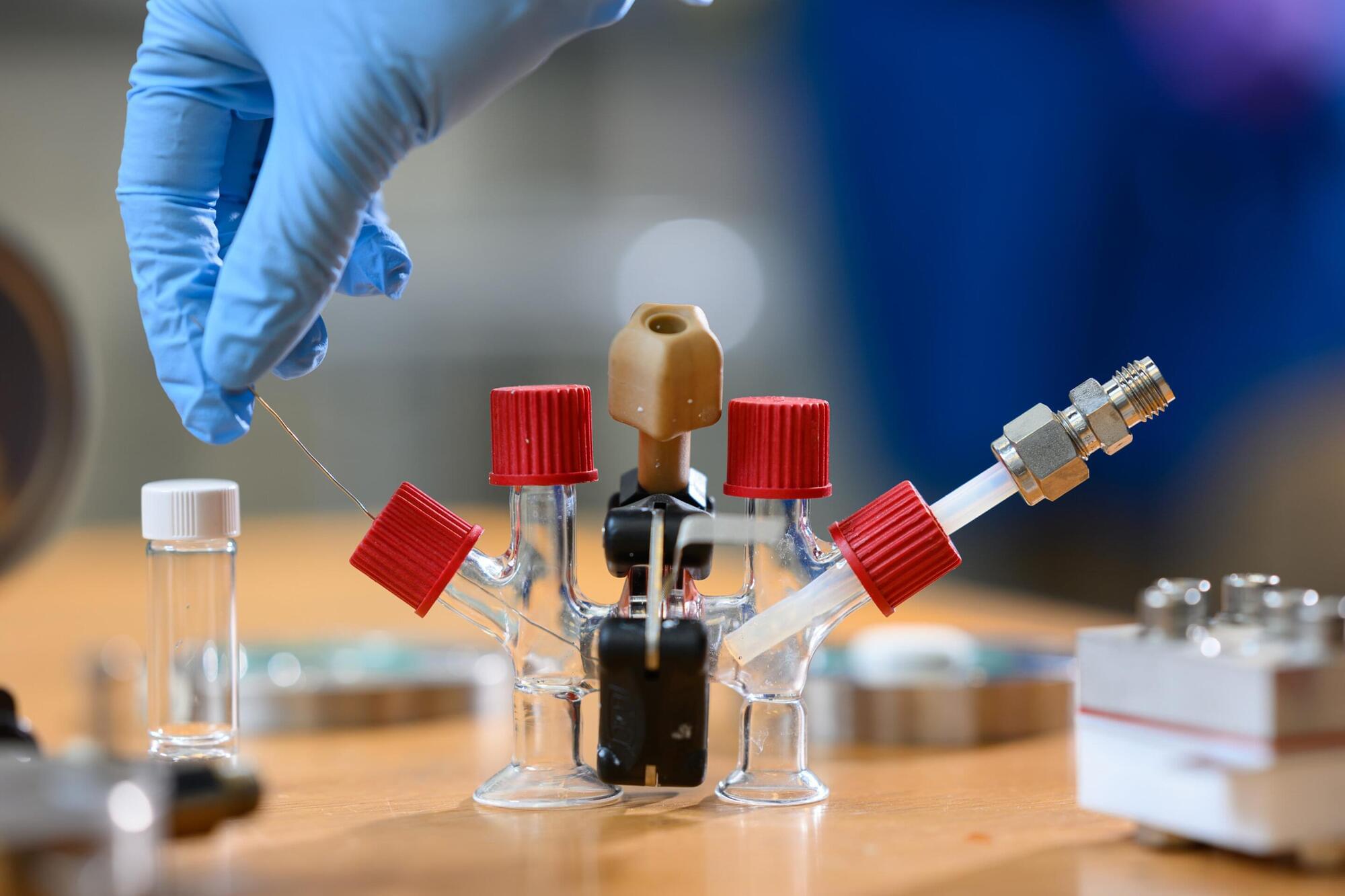
Batteries are nearing their limits in terms of how much power they can store for a given weight. That’s a serious obstacle for energy innovation and the search for new ways to power airplanes, trains, and ships. Now, researchers at MIT and elsewhere have come up with a solution that could help electrify these transportation systems.
Instead of a battery, the new concept is a kind of fuel cell which is similar to a battery but can be quickly refueled rather than recharged. In this case, the fuel is liquid sodium metal, an inexpensive and widely available commodity.
The other side of the cell is just ordinary air, which serves as a source of oxygen atoms. In between, a layer of solid ceramic material serves as the electrolyte, allowing sodium ions to pass freely through, and a porous air-facing electrode helps the sodium to chemically react with oxygen and produce electricity.